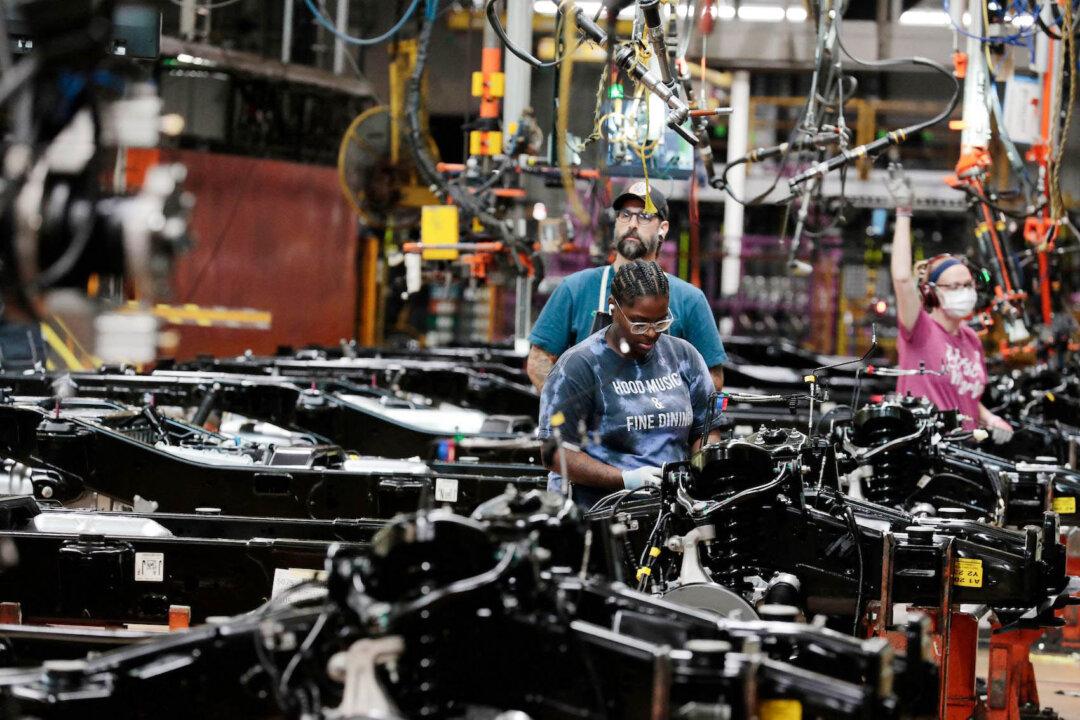The ISM Manufacturing Purchasing Managers’ Index registered 48.5 percent in May, down from 48.7 percent in April. A reading below 50 signals contraction in the sector, which accounts for about 10 percent of the U.S. economy. The New Orders Index also remained in negative territory for a fourth consecutive month, reflecting continued weakness in demand.
Susan Spence, chair of ISM’s Manufacturing Business Survey Committee, said factory output, orders, and employment all remained below growth levels.
“Regarding output, the Production Index increased from an alarmingly low reading the previous month, but factory output continued to contract in May, indicating that panelists’ companies are still revising production plans downward amid economic uncertainty,” she said.
“The Employment Index ticked up for a second consecutive month, but remained in contraction, as headcount reductions continued. Companies generally opted for layoffs because they are quicker to implement than attrition.”
The Imports Index dropped by more than seven points, to 39.9 percent, a level not seen since the Great Recession, according to the survey. Companies cited falling demand and higher costs tied to new tariffs as key reasons for the decline.
“The main reasons that deliveries continued to be strained were 1) suppliers struggled to meet accelerated delivery requests from panelists’ companies, 2) materials were delayed in processing at ports of entry, and 3) suppliers and panelists’ companies are haggling over who pays for applied tariffs,” Spence wrote, noting that a reading below 50 percent indicates faster deliveries, while a reading above 50 percent indicates slower deliveries.
The May report is the first to fully reflect the effects of President Donald Trump’s latest trade actions. On April 2—a day the president referred to as “Liberation Day”—he announced steep tariff hikes on Chinese goods, raising some levies temporarily to 145 percent. The move has reshaped purchasing decisions and global sourcing strategies for many companies.
In ISM’s April survey, respondents had already voiced concern over the policy shift.
Others said they were unable to find affordable alternatives to Chinese suppliers, particularly for complex parts.
Cost pressures remained elevated, according to the May data. Forty-five percent of manufacturers said they paid higher prices for materials, including steel and aluminum. Tariffs have fueled price growth, and companies have noted that those costs are often passed directly to customers.
Just two of the six largest manufacturing industries—petroleum and coal products as well as machinery—reported growth in May. Other major sectors, including food and transportation equipment, continued to contract.
In total, 57 percent of manufacturing gross domestic product was in contraction in May, up from 41 percent in April. Five percent of the sector registered Purchasing Managers’ Index readings at or below 45, a sign that while conditions remain weak, the pace of decline may be easing in some areas.
The next ISM manufacturing report is scheduled for release on July 1.







